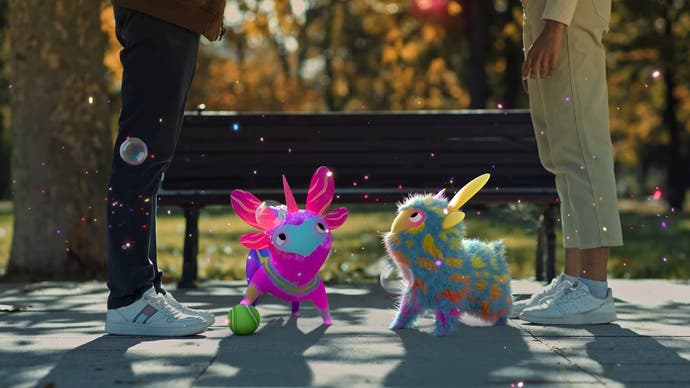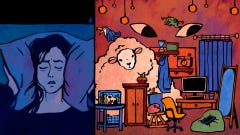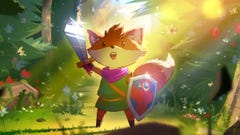AR pet game Peridot is nothing like Pokémon Go, and more interesting for it
"Niantic is like where Pixar was 20 years ago."
Niantic's cute new virtual pet app Peridot is a very different beast to Pokémon Go, and all the better for it. Simplistic on the surface but stuffed full of bleeding-edge AR technology underneath, the Tamagotchi-like app is born from years of progress by Niantic's creative and technological halves, resulting in the developer's most interesting project since Pokémon Go in 2016.
Pokémon Go's lightning in a bottle launch inspired a string of cookie cutter follow-ups from Niantic itself and other competitors, to mixed success, featuring familiar riffs on real-world exploration gameplay. Peridot offers something quite different: an inverse of the typical map-based experience, where the app's AR component is now the main interface.
At its most basic level, Peridot is more Nintendogs than Pokémon: a gentler experience featuring adorable creatures that use your real-life surroundings, wherever you are, as their playground. Powered by Niantic's latest advancements in AR, your Peridot pet recognises and reacts to the world around you - outside on the grass, indoors on the sofa, hanging out with friends, or alone watching TV. Peridot is smart enough to recognise where you point your phone camera and have your creature explore accordingly - jumping atop tables or worktops, or momentarily disappearing out of sight when passing behind foliage or trees. One of the most impressive examples of this can be found when playing fetch with a tennis ball - which, when thrown, will bounce naturally off any nearby walls or other obstacles.
Niantic has spent years developing this AR tech through experiments with its own platform and features in its other games, and it has plenty of fancy-sounding words to describe what is going on under the surface: obstacle occlusion, real-world understanding, semantic segmentation. When you point your phone at your surroundings, the game is rapidly calculating percentage chances for surfaces being viable enough to hold a Peridot's weight, or visual layers which your creature may be hidden behind. When you select an area or an object for your Peridot to forage in, the game tries its best to analyse its texture and provide an appropriate resource in return. But the hope is you won't think about any of that, or will forget it as much as possible, when everything just works and your Peridot looks cute. And, more often than not, this is indeed what occurs.
If you're standing on grass and command your Peridot to forage, you'll find dandelions as a reward. If you're near water, your Peridot will splash in and bring you back kelp. If you're playing at home on the sofa, your Peridot will know to jump onto your coffee table. And if you've been sat in front of a TV screen too long, your Peridot may gently suggest it's time to go outside...
By design, Peridot's gameplay is meant to be casual and relaxing, like a "cup of tea" - Niantic's phrasing - that you might indulge in for a few minutes, a few times a day. Maybe you take that Thermos of tea to your nearby park and unpack it on a blanket in the sun. Maybe that's a quick cuppa in your work kitchenette. Either way, gameplay sessions with Peridot typically amount to you checking in to see how your virtual pet is doing, and what it's been up to while you've been doing something else.
That means periodically taking care of your Peridot's food and enrichment, teaching them tricks, and showing them more of the world around you. Niantic's typical drive to explore and get outside is still here, of course. Daily objectives, or Desires, include simplistic tasks like "Walk 1000 Steps", which can be achieved with the app closed. But your Peridot will also ask you to go look at a tree, or find some flowers for it to forage in. These gentle prompts to change your surroundings are meant to mirror your pet's natural, inquisitive behaviour - and also get you outdoors.
I've been playing Peridot for around a week now, after an introductory session with Niantic staff where I also spoke with some of the app's development team. During that time I've watched my own cute baby Peridot grow in size and shape - first to a more show-offy teen, then finally an adult.
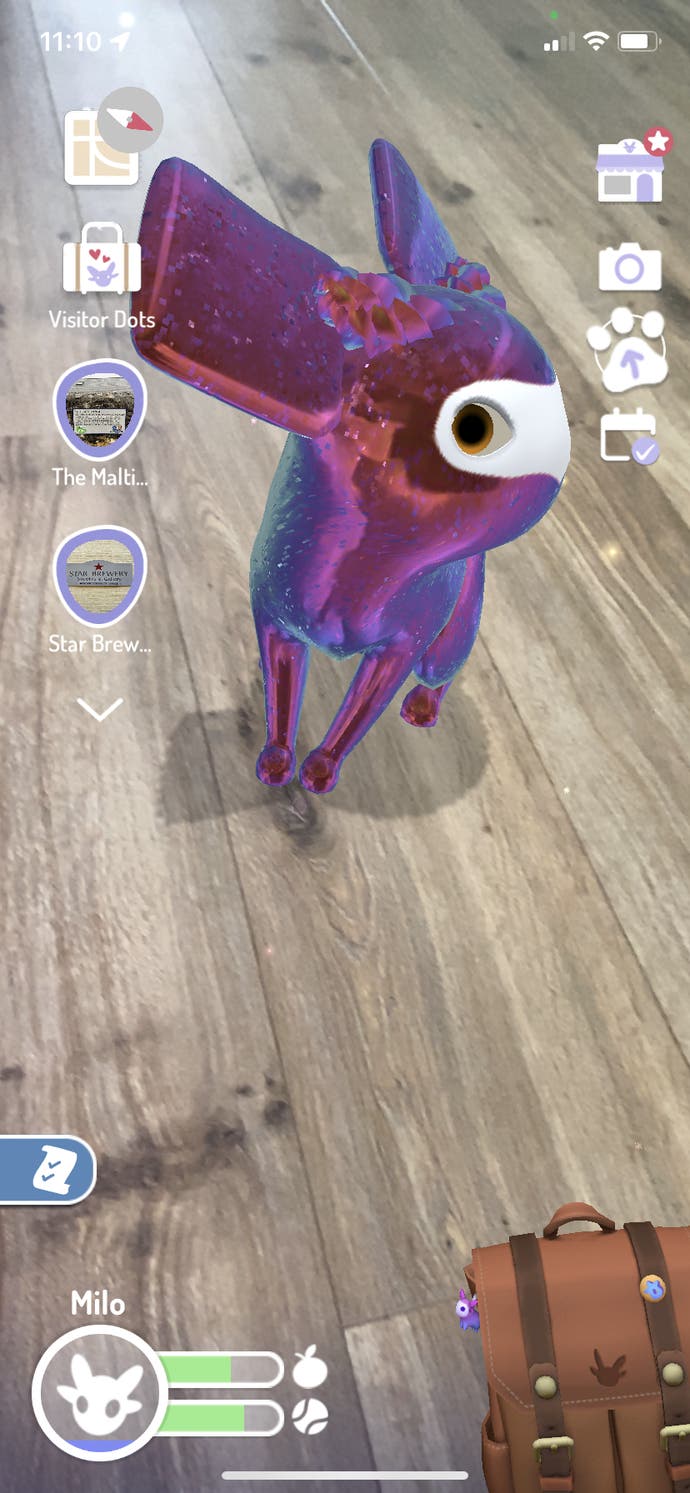
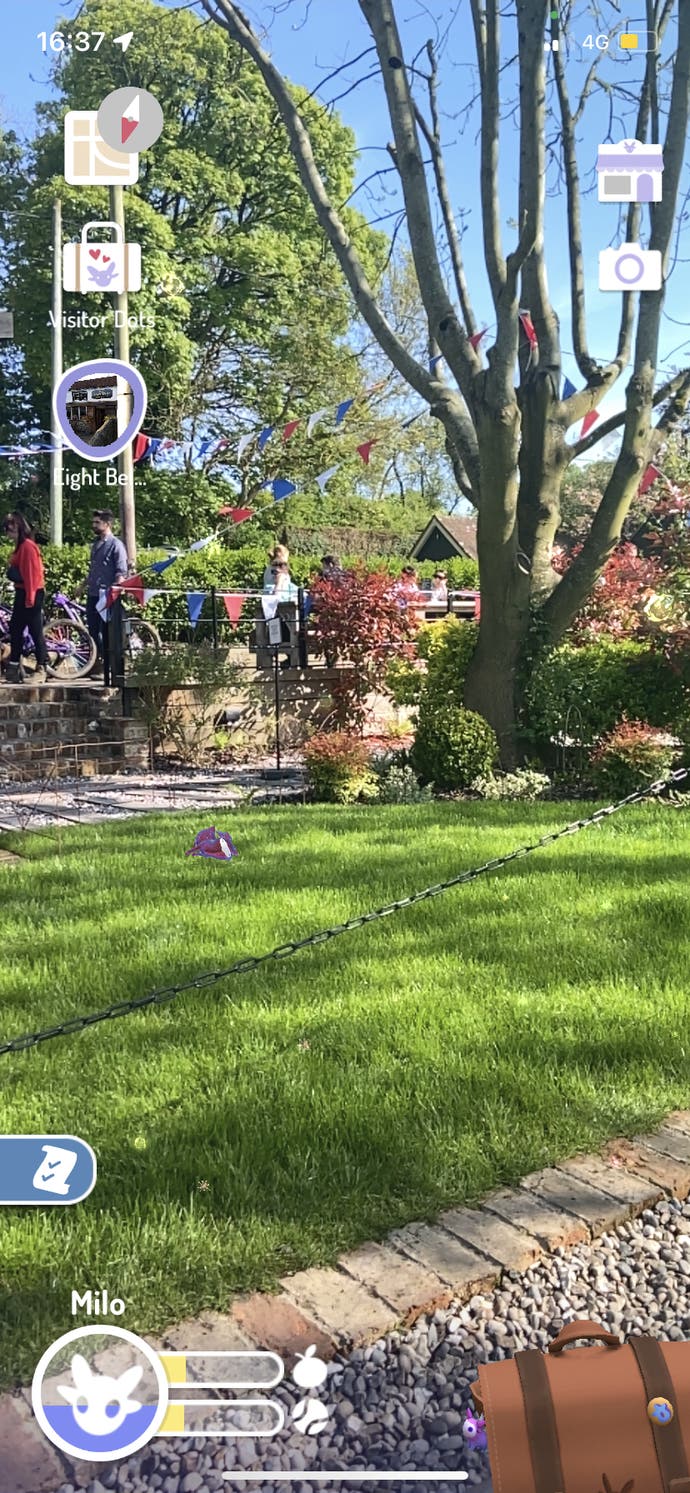
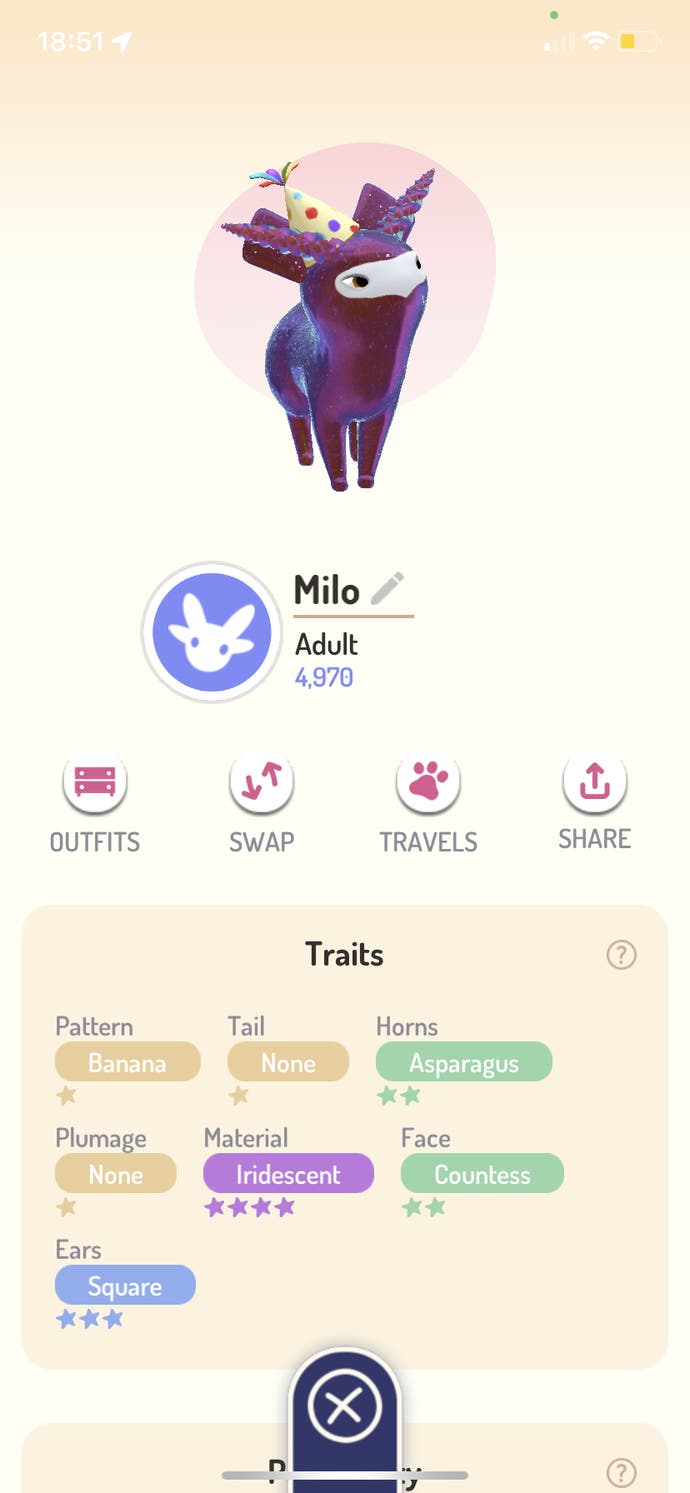
The app itself has been in development for years, with much of the last 12 months spent in closed beta where longer-term gameplay loops have been defined. Once Peridots reach adulthood they can hatch eggs of their own, with designs for their offspring a complex mix of digital DNA from their own lineage and the DNA of another Peridot you choose by visiting other real-world places nearby. There, you'll find other people's Peridots with all sorts of personality traits and visual styles, with more to be released into the overall Peridot gene pool over time.
How compelling this longer-term gameplay loop is, I've not had a chance to find out. Likewise, I've not yet reached the point where anything in the app's in-game store has been necessary to buy, though I understand I'll need to head there at some point to increase my capacity to keep a certain number of Peridots at once. Niantic certainly hopes Peridot will encourage at least a portion of its users to stick around for some time, and for the breeding gameplay to take off among local groups of players.
A fictional narrative behind the game will also be released, explaining more about where Peridots have come from and the need to repopulate the world with their whimsy. Niantic is also keen to explore the possibilities that come from an intellectual property it owns for itself - free from the requirements of an external franchise holder, and able to develop its own spin-offs in other forms of media.
"Anybody can say 'if we have this technology we can do great AR'. But really? Can you?"
Beyond that, Peridot marks a major step forward for a company whose mission statement involves the development of AR to ensure we're not all just sitting at home in the future, jacked into an online metaverse. Niantic boss John Hanke has defined his company's brand of real-world AR as an alternative to all this, and while still many steps its junior, Peridot is another leap forward in testing this sort of tech at scale.
"It's the best kind of ping-pong where researchers are rising to the challenge, and the team at Peridot is willing to work with the bleeding edge," Niantic engineer and UCL lecturer Gabe Brostow told me. "It's been a great symbiosis but it's got bigger implications for other games at Niantic, and also for the platform which other applications and outside developers can use.
"Anybody can say 'if we have this technology we can do great AR'. But really? Can you? And can you make it fun? The question is can you forget about how it was made and just enjoy the characters, the scene... I remember the first day we got neural networks running on a phone, it was high fives all round. It was, okay, we can do this."
On the creative side, Peridot is being lead by Ziah Fogel, a former Pixar employee who sees similarities in how the app takes this technology and uses it to create an engaging setting where technical prowess can simply blend into the background.
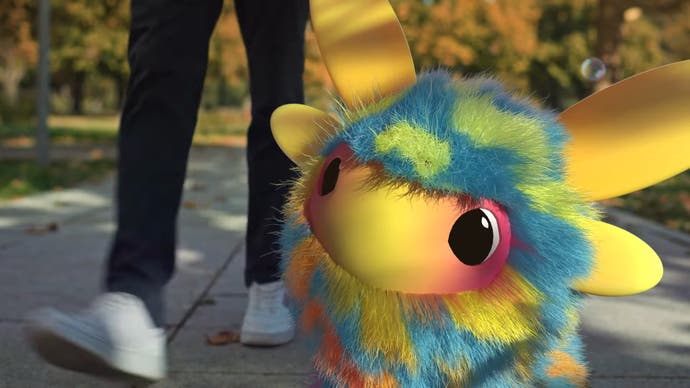
"Niantic is like where Pixar was 20 years ago, where there's new and interesting problems to solve, and there's a back and forth between the creative and the technical side," Fogel tells me. "Creative is influencing technology and technology is influencing creative, and they're both making each other better. You get a lot more of that in the early stages of a technology.
"For me, AR is this new forefront. A really interesting opportunity for Niantic that I'm excited about is defining a new user interface for how people are going to interact with this technology. In the future, when we're all using headsets... how are people going to interact with that? Some of the decisions we're making over how people interact even through their phone are potentially going to be influential.
"Peridot is a first step."
"I think of it like the early days of cinema. There's moving pictures now, but how do you tell a story from that? Someone had to figure out how you do dialogue shots, over the shoulder shots, establishing shots then moving closer in. There's a language there that had to be developed, and we're at that stage right now with AR where we're trying to work out the language of how humans are going to interact with that technology. Peridot is a first step."
Over the past year, Niantic has refined the app to offer answers to some of these things. Where it once used digital grass to indicate good foraging spots, the app now simply lets you point at a grassy surface and circle where you want your Peridot to scavenge. Anything more created problems for users - so too when Peridots suddenly ran off to go look at things, leading to a decision to keep pets largely in camera shot for usability and safety.
Some of the most interesting discussions with Niantic staff involved what the game should and shouldn't let users do - point at pictures of flowers on a computer screen in place of finding real-life greenery on a walk outside, for example, and whether the app should detect players trying to game the system. (At the moment, you can trick the app with a large enough photo of some grass, though this could change.) Other discussion involved how soon the future of AR might involve headsets or glasses - on this, the consensus was that while Niantic was excited for the future, the company had to look to where the vast majority of users could interact with AR now: on smartphones.
All of that brings Niantic to today, with Peridot now available to download worldwide for the first time. Will it beat Pokémon Go? No. But for a company whose eyes are fixed on a very different horizon, that was never the point.
